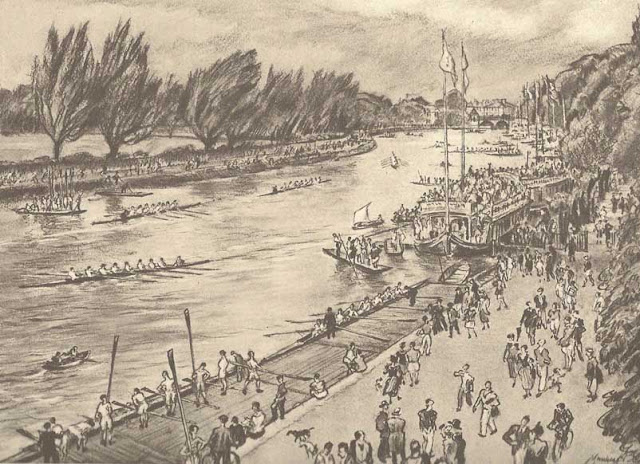After many years of resisting temptation, Joanna, OISE Oxford's anti-technology veteran, has finally caved and bought herself a smart phone. Many times she would argue, "why would I need to check the weather?" or "I don't want to be able to check my emails on the go!". Not any more - the Gmail application is well and truly downloaded, along with Whatsapp and a few other beauties. Before long these apps will be in fierce competition for a place on screen numero uno.
I, on the other hand, think smart phones are amazing. Apart from the obvious advantages of being able to connect to the internet, some of the applications are just brilliant. My favourites have to be Ebay and the Royal Cars app. The latter, an app created by an Oxford based taxi company which you can use to order taxis that pick you up from either a pre installed 'favourite address' or they locate you using the phone's GPS signal. Of course, you could just call them, but if you're in a noisy place or just plain lazy then then the app is great. Oh, and the BBC News app definitely deserves a mention, too.
For the managers and company owners out there (or at least for the ones that are concerned about the happiness of their colleagues/employees), why not have a look at Tinypulse. Tinypulse sends out a survey every week to the company employees allowing them to express how happy they are, anonymously of course. 'It allows bosses to gather weekly surveys from their workers, and provides a channel through which workers can raise issues and communicate with their bosses. Employers can tailor the surveys, and can also give positive feedback straight to workers.' Click on the image below to read more:
I, on the other hand, think smart phones are amazing. Apart from the obvious advantages of being able to connect to the internet, some of the applications are just brilliant. My favourites have to be Ebay and the Royal Cars app. The latter, an app created by an Oxford based taxi company which you can use to order taxis that pick you up from either a pre installed 'favourite address' or they locate you using the phone's GPS signal. Of course, you could just call them, but if you're in a noisy place or just plain lazy then then the app is great. Oh, and the BBC News app definitely deserves a mention, too.
For the managers and company owners out there (or at least for the ones that are concerned about the happiness of their colleagues/employees), why not have a look at Tinypulse. Tinypulse sends out a survey every week to the company employees allowing them to express how happy they are, anonymously of course. 'It allows bosses to gather weekly surveys from their workers, and provides a channel through which workers can raise issues and communicate with their bosses. Employers can tailor the surveys, and can also give positive feedback straight to workers.' Click on the image below to read more:


















.jpg)






